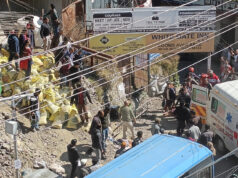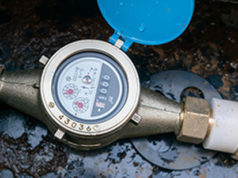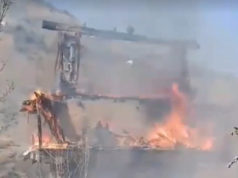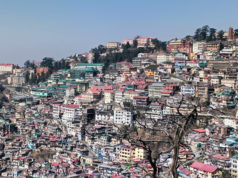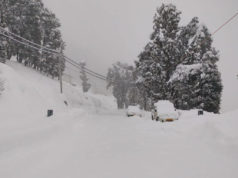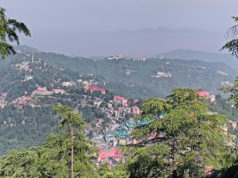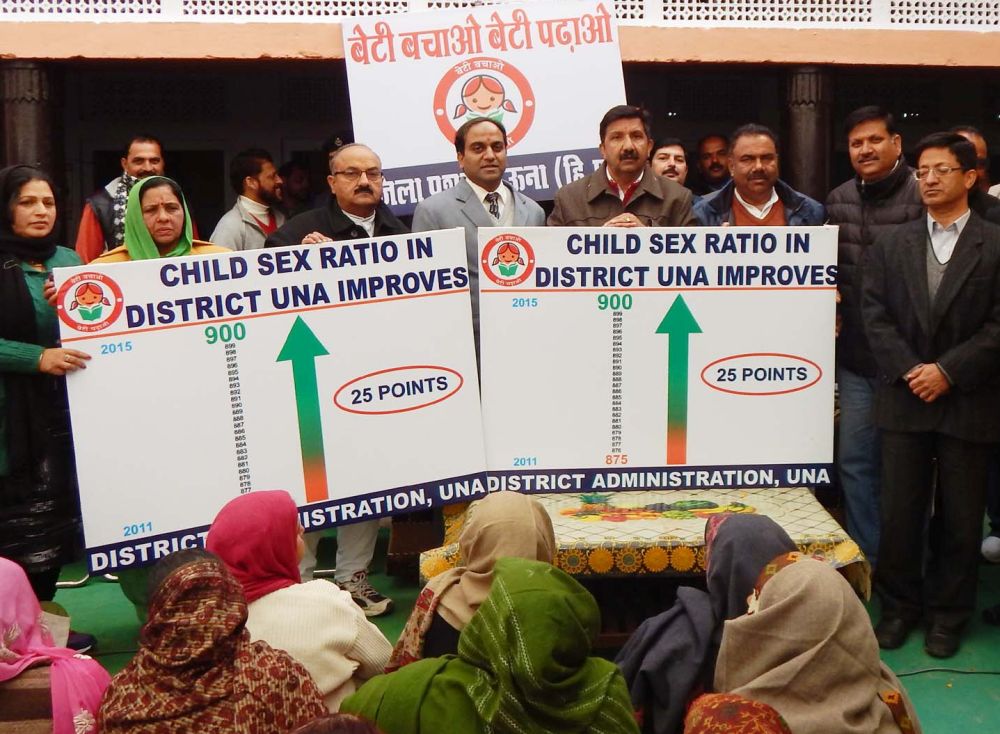In a concerning revelation, the rivers and streams of Himachal Pradesh are grappling with a surge in pollution, with Ashwani Khad in Shimla found as the most polluted river in the state. The recently released report by the Central Pollution Control Board assessed the water quality at 136 locations across 37 rivers in the region, revealing disturbing trends.
The key parameter, Biological Oxygen Demand (BOD), witnessed failures at 19 locations in nine rivers and streams. Ashwani Khad, Bald of Baddi, Giri of Sirmaur, Markanda of Rampur, Pabbar of Rohru, Ratta of Nalagarh, Shikari Khad of Rohru, Sarsa of Nalagarh, and Sukhna Khad of Parwanoo exceeded prescribed pollution standards, raising serious environmental concerns.
Ashwani Khad, flowing through Shimla, found the most polluted river in Himachal Pradesh. The pollution in Ashwani Khad primarily stems from the discharge of effluents from sewage treatment plants. Shockingly, the BOD level in Ashwini Khad escalated from 70 mg per liter in 2022 to an alarming 80 mg per liter in the current assessment, earning it a spot among the most polluted rivers in the country, as per the Central Pollution Control Board.
The contamination of rivers in the state can be attributed to unregulated disposal of industrial effluents, untreated sewage, and agricultural runoff. The repercussions are dire, not only endangering aquatic life but also posing a significant threat to the primary source of drinking water for local communities.
The detrimental effects of river water pollution in Himachal Pradesh are manifold, impacting public health, agriculture, and biodiversity. Waterborne diseases are on the rise, posing a serious threat to residents. Farmers reliant on these rivers for irrigation face challenges due to contaminated water, while the delicate aquatic ecosystem, including various fish species, is under severe strain, disrupting the natural balance.
Addressing this crisis necessitates robust water management policies, stringent enforcement of pollution control measures, and active community participation to promote sustainable practices. Recognizing the severity of the situation, a collaborative effort comprising the State Pollution Control Board, the Environment Department, and the District Administration has been formed to address the escalating pollution levels in the state. However, the increasing figures underscore the urgency of decisive action to safeguard the vital water resources of Himachal Pradesh.
A detailed breakdown of pollution levels reveals the alarming state of various rivers: BOD in Bald is 40 mg per liter, Giri records 4.8 mg per liter, Markanda stands at 4 mg per liter, Pabbar at 4.6 mg per liter, Ratta at 8.0 mg per liter, Shikari Khad at 8.0 mg per liter, Sarsa at 40 mg per liter, and Sukhna at a staggering 72 mg per liter. Any river with a BOD exceeding two milligrams per liter is considered polluted, emphasizing the magnitude of the environmental challenge facing Himachal Pradesh.




